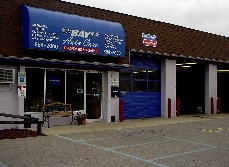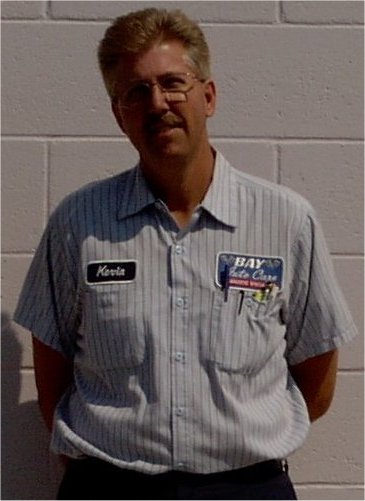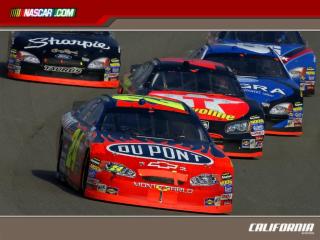 |
 |
Our Mission
We are dedicated to delivering 1st Rate Service to our Customers.
Honesty, dignity, and respect are our commitment to you. Christian Owned and Operated by
Kevin and Janet Sessink

|
 |
 |
|
 |
 |
 |
 |
 |

|
|
Home Page
Bay Auto Care

Leaving
you with a Smile

(Contact Us by
phone or e-mail)
(989)
684-2000


Bay
Auto Care


Bay Auto Care
Hours:
Mon.-Friday
7:30 a.m-5:15 p.m
Saturday
By Appointment Only
Call
Today
(989)
684-2000

Kevin Sessink-Owner
of Bay Auto Care


Certified

Specialists
ASE Certified
Auto Mechanics


For all those
Racing Fans...


In the beginning, stock-car racing was
exactly what it sounds like. Drivers actually bought brand-new cars
from dealers and went racing. The National Association for Stock
Car Auto Racing (NASCAR),
organized in 1947, created a standardized set of rules for stock-car
racing and established a system for selecting a national champion
based on performance at races across the country.

Photo courtesy Caterpillar
The Caterpillar-sponsored No. 22 car |
The original races were run on dirt
tracks that got rutted and bumpy. The unmodified cars were not tough
enough for this type of abuse, so NASCAR began allowing
modifications to the stock cars to increase their durability. Over
the years, more and more modifications were made, sometimes to
increase safety (see How
NASCAR Safety Works for details) and sometimes to improve
competition. NASCAR strictly controls all of these modifications,
which are spelled out in detail in the NASCAR rule book. Cars are
checked for compliance with these rules at every race.
Today, NASCAR race cars have very
little in common with street cars. Almost every detail of a NASCAR
car is handmade. The bodies are built from flat sheet metal, the
engines are assembled from a bare block and the frame is constructed
from steel tubing.
In this article, we'll
see how these race cars are made, starting with a component that is
key to the drivers' safety and provides the foundation for everything
on the car: the frame.


To the Top of the
Page
|
|
 |







 |
